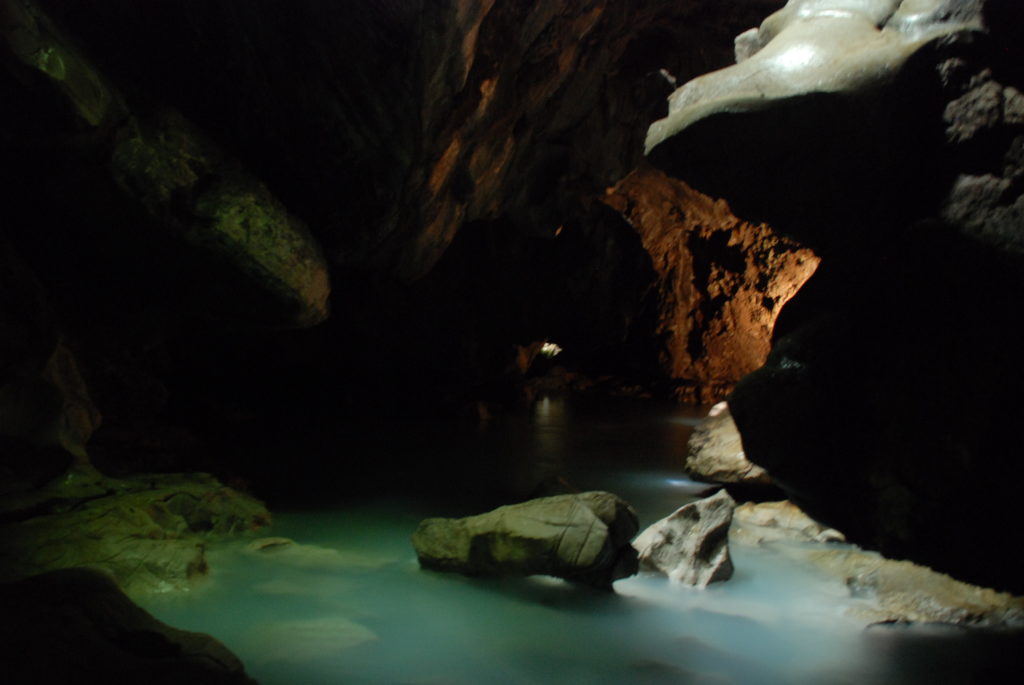My research interests are broad and are reaching out the basic field of Limnology. Generally, I am interested in the flow of energy within food webs and the link between aquatic ecosystems and their terrestrial surroundings. Oftentimes, food web studies have considered the species within food webs as fixed entities, neglecting to recognize them as products and agents of a continuous evolutionary change. In my own research, I try to integrate evolution more firmly into ecological studies, especially considering the ongoing alteration of the environment due to human activities.
Research Projects
Ecological Research Station Rees
In December 2023, I started as the new managing director of the Research Station Rees of the University of Cologne. The station just moved to its new location in Rees Bienen, just a few kilometers away from the old station in Grietherbusch.

Research Training Group BioMove
After spending 7 amazing years in Sweden, and not only growing as a scientist, but also turning into a mother of the two most adorable kids, our family returned to Germany. Between March 2021 and November 2023, I was the Scientific Coordinator of the Research Training Group BioMove at the University of Potsdam. This project is funded by the German Science Foundation (DFG) and integrates Biodiversity Research with Movement Ecology in dynamic agricultural landscapes. For this, scientists from the University of Potsdam are joining with colleagues from Freie Universität Berlin (FU), Leibniz Institute for Zoo and Wildlife Research (IZW) and the Leibniz Centre for Agricultural Landscape Research (ZALF) with Florian Jeltsch as spokesperson. Besides folIowing my own line of research, I was involved in the education of several PhD-students and the planning of a large scale field project.
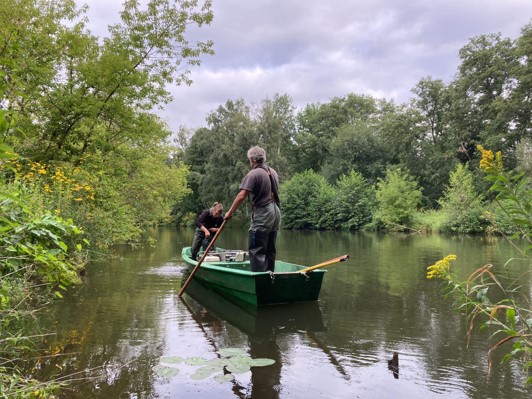

KAWater-Inland water ecosystems in the global carbon cycle
Between May 2016 and November 2020, I have been a PostDoc in KAWater funded by the Knut and Alice Wallenberg foundation with Lars Tranvik as the main-PI. KAWater was an interdisciplinary project that is bridging disciplines including molecular microbiology, organic analytical chemistry, and food web ecology to enable a holistic understanding of the carbon cycle in freshwater systems, all the way from molecules to the ecosystem scale. As one of the main heads of this large-scale project with more than 30 researcher including many undergraduate students, I was active in planning and coordination. We have set-up a mesocosm facility in Central Sweden that allows the realism of natural ecosystems, and at the same time the possibilities of controlled and replicated experimental design needed for hypothesis testing. During the first two experiments in 2016, we studied the consequences of increasing concentration of dissolved organic carbon on food webs in freshwater ecosystems. In 2017, we started a long-term mesocosm experiment over 15 months to study how increasing nutrient concentrations and the abundance of aquatic consumers can change the emissions of greenhouse gases (especially methane) from inland water bodies. Our results provided important knowledge on the role of living organism in mediating biogeochemical processes and their effects on carbon storage and emissions.





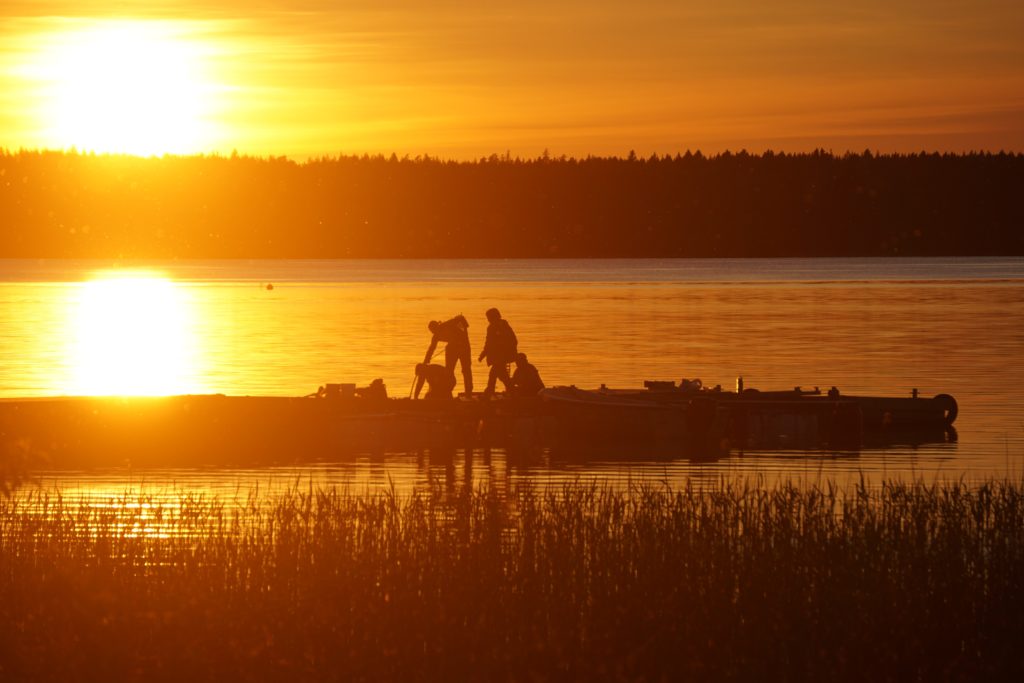

Patterns of morphological and trophic divergence of lake and stream minnows
The European minnow (Phoxinus phoxinus) is a common freshwater fish that research has paid little attention to although it is widely distributed. It is an understudied fish species, despite its profound ecological impact when introduced to new areas, where it can become invasive and has the potential to drastically modify native ecosystems. This fish species was recently found to show phenotypic adaptions in lake versus stream habitats, but the question remains if this divergence pattern is related to trophic niche partitioning. In summer 2018, I went to Lake in Ånnsjön in Northern Sweden to study the potential patterns of minnow divergence in morphology and trophic niches in the lake and the adjacent stream habitats. This project is funded by the Olsson Borghs foundation.









Population divergence along gradients of dissolved organic carbon– effects of food web structure and food quality
In 2014, I moved to Sweden to start a PostDoc with Peter Eklöv at the Limnology Program in the Department of Ecology and Genetics at Uppsala University, Sweden.
Lakes provide distinct habitats where fish segregate by diet, leading to population divergence at an early stage. When differences in resource use are stable over time, natural selection may lead to morphological adaptations and polymorphism. However, an on-going homogenization, or flattening of ecological gradients due to human alterations may weaken the effect of divergent selection. For example, in recent years, a strong increase in the flux of dissolved organic carbon (DOC) into aquatic systems has been identified that decrease the water transparency. In this project, I studied the effects of DOC on the population divergence of Eurasian Perch (Perca fluviatilis). For the project, I expanded my methodological toolbox and learned how to analyze fatty acids from Ursula Strandberg at the University of Joensuu, Finland.
This PostDoc was financed by a PostDoc grant of the German Academic Exchange Service (DAAD).






TERRALAC
From February 2010 –October 2013, I conducted my PhD at the Leibniz Institute of Freshwater Ecology and Inland Fisheries (IGB), Berlin, Germany under the supervision of Thomas Mehner and Sabine Hilt, focusing on the ecological and evolutionary consequences of habitat complexity in shallow lake ecosystems. I worked within an interdisciplinary and international team of more than 20 researchers in the TERRALAC-project, funded by the Leibniz-community Pact for Innovation and Research. The project examined the effects of terrestrial carbon influx on the resilience of shallow lake systems. The core of our investigations were whole-lake manipulations: we divided two small lakes (a macrophyte and a phytoplankton-dominated) using plastic curtains and added particulate organic carbon in the form of maize leaves. The results provided the first direct experimental tracing of terrestrial organic carbon use across several trophic levels in lake food webs at the ecosystem scale and cycling of organic matter across the borders of terrestrial and aquatic systems. Furthermore, I studied local adaptions to predation in omnivorous fish. During my PhD I had the chance for several visits at the Department of Natural Resources and Environment of the University of Jyväskylä, Finland in the lab of Roger Jones. From Jari Syväranta, I learned how to conduct stable isotope studies.
The work of TERRALAC was interdisciplinary and we were a great team of five PhD students that targeted the research questions from very different directions. From these experiences, I developed a more holistic working approach and learned to value collaborative work.
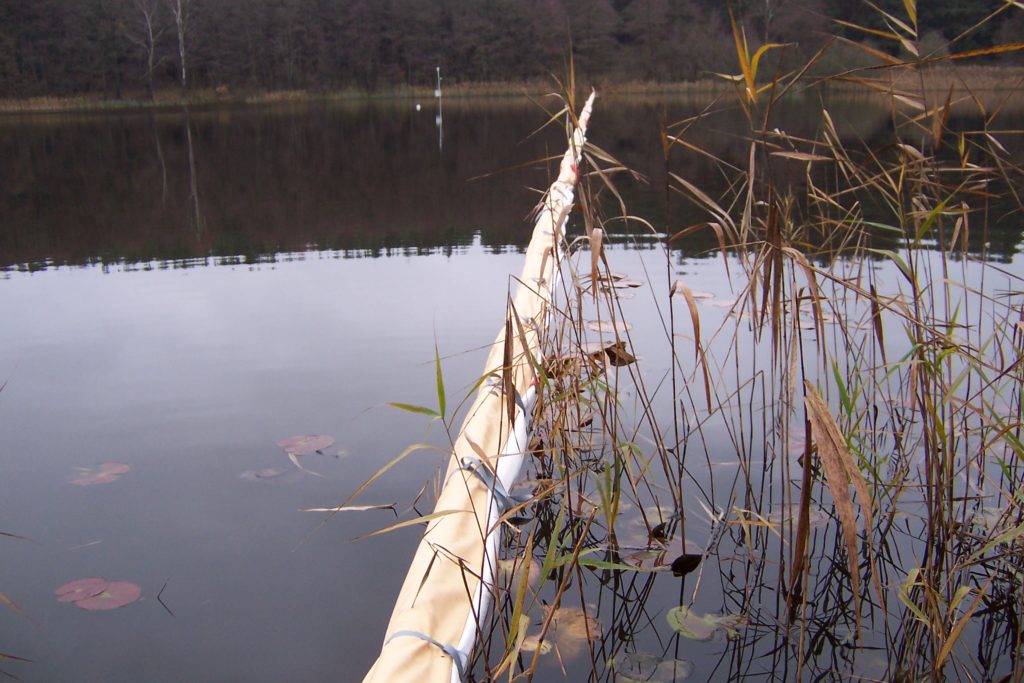
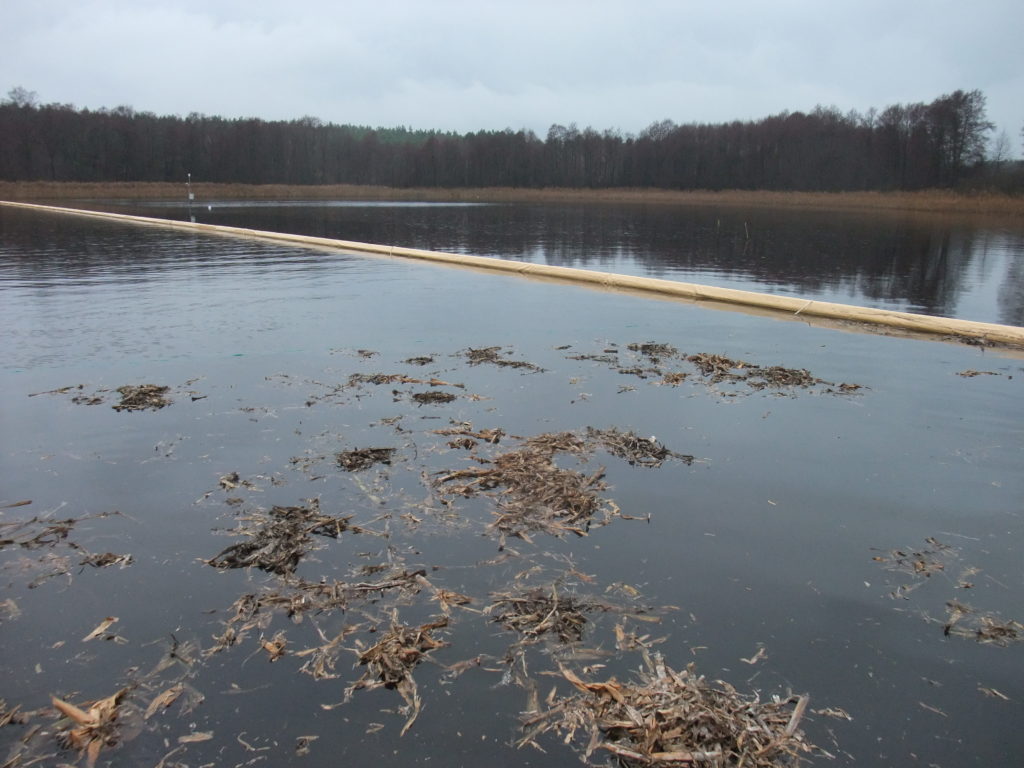





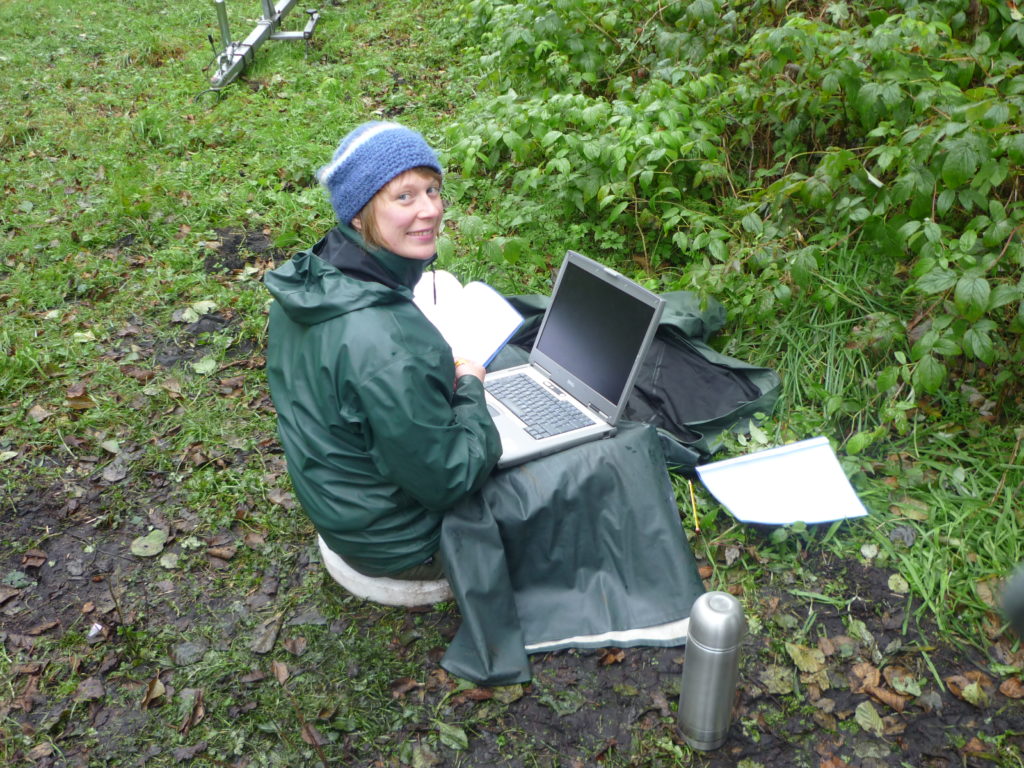
Feeding ecology of sexual and asexual livebearing fishes
During my Biology studies at the University of Potsdam, I was involved in a project studying the adaptions of Poeciliidae to extreme habitats. Together with Martin Plath and Rüdiger Riesch, we studied the fishes inhabiting the sulfuric Cueva del Azufre in Tabasco, Mexico. It has been an exciting journey and for me as a student, the first time to conduct actual research. I decided to continue the work on Mollies and applied for funding of an external thesis from the German Academic Exchange Service (DAAD). In 2009, I visited the lab of Kirk Winemiller at Texas A&M University, College Station, Texas, USA to work with Michi Tobler on the question of the maintenance of sexual reproduction by studying feeding ecology of the gynogenetic poeciliid fish, the Amazon molly Poecilia formosa, and its sexual congeners the sailfin molly Poecilia latipinna and the Atlantic molly Poecilia mexicana.
Several papers emerged from my Master´s thesis and this early experience certainly set my path as a researcher.



